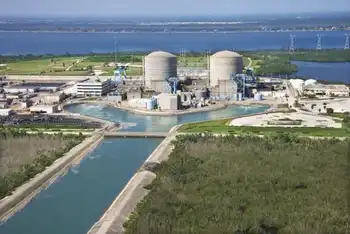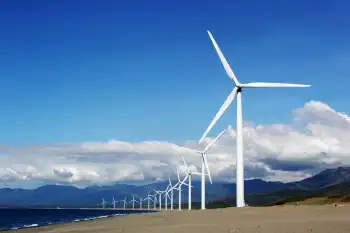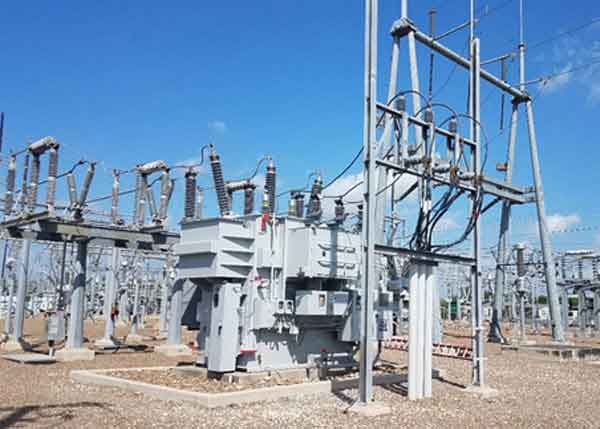U.S. to fast-track offshore wind
By Richmond Times-Dispatch
CSA Z462 Arc Flash Training - Electrical Safety Essentials
Our customized live online or in‑person group training can be delivered to your staff at your location.

- Live Online
- 6 hours Instructor-led
- Group Training Available
The Interior Department said sites along the coasts of Virginia, Maryland, Delaware and New Jersey have been identified for potential wind farms in an effort to help meet President Barack Obama's goal of generating 80 percent of the nation's electricity from clean energy sources by 2035.
Those states will receive expedited environmental reviews to help fast-track the projects.
In November, Interior Secretary Ken Salazar vowed to spur offshore wind projects in the Atlantic Ocean by expediting permits and identifying promising areas for wind power to avoid potential conflicts.
Calls to streamline the process came after an eight-year review process that finally resulted in a lease for the nation's first wind farm, off the coast of Massachusetts, was signed in October.
The Cape Wind project there faced opposition from two Indian tribes, some environmentalists and residents, who argued it threatened marine life as well as maritime traffic and industry. They also said the wind turbines could mar the ocean view.
Each of the four sites identified are off major tourist destinations, including Atlantic City, N.J., Ocean City, Md., and Virginia Beach, Va.
However, Salazar said the wind farms would be between 10 to 20 miles offshore — far enough that beach-going vacationers wouldn't have their views ruined.
Potential wind project sites in the north Atlantic will be identified in March. Sites in the south Atlantic states will be identified this spring.
States would receive 27 percent of total revenues collected by the federal government for projects in federal waters, at least 3 miles offshore.
Secretary of Commerce and Trade James Cheng and Secretary of Natural Resources Doug Domenech represented Virginia at a news conference in Norfolk.
“Cost-effective development of Virginia’s offshore wind resources is one important component of our overall effort to make Virginia, the Energy Capital of the East Coast," Gov. Bob McDonnell said in a statement. "We must generate more of our electricity from our domestic resources. That means utilizing a diverse portfolio of fuels, including nuclear, coal, oil and natural gas, as well as biomass, offshore and onshore wind, and solar. At the same time we must also maintain reasonable energy costs and a reliable, consistent supply."
McDonnell said the waters off Virginia are well suited for offshore wind energy production, adding that Virginia "stands ready to compete."
Chris Moore, Chesapeake Bay Foundation Hampton Roads scientist said: “CBF agrees that offshore wind and other clean, sustainable energy sources hold enormous potential for providing electricity and new jobs to Virginia and the region."
He said the wind initiative "underscores the inadvisability of building a polluting, coal-fired power plant such as the one Old Dominion Electric Cooperative has proposed for Surry County. That’s a 19th century solution to a 21st century challenge.”











